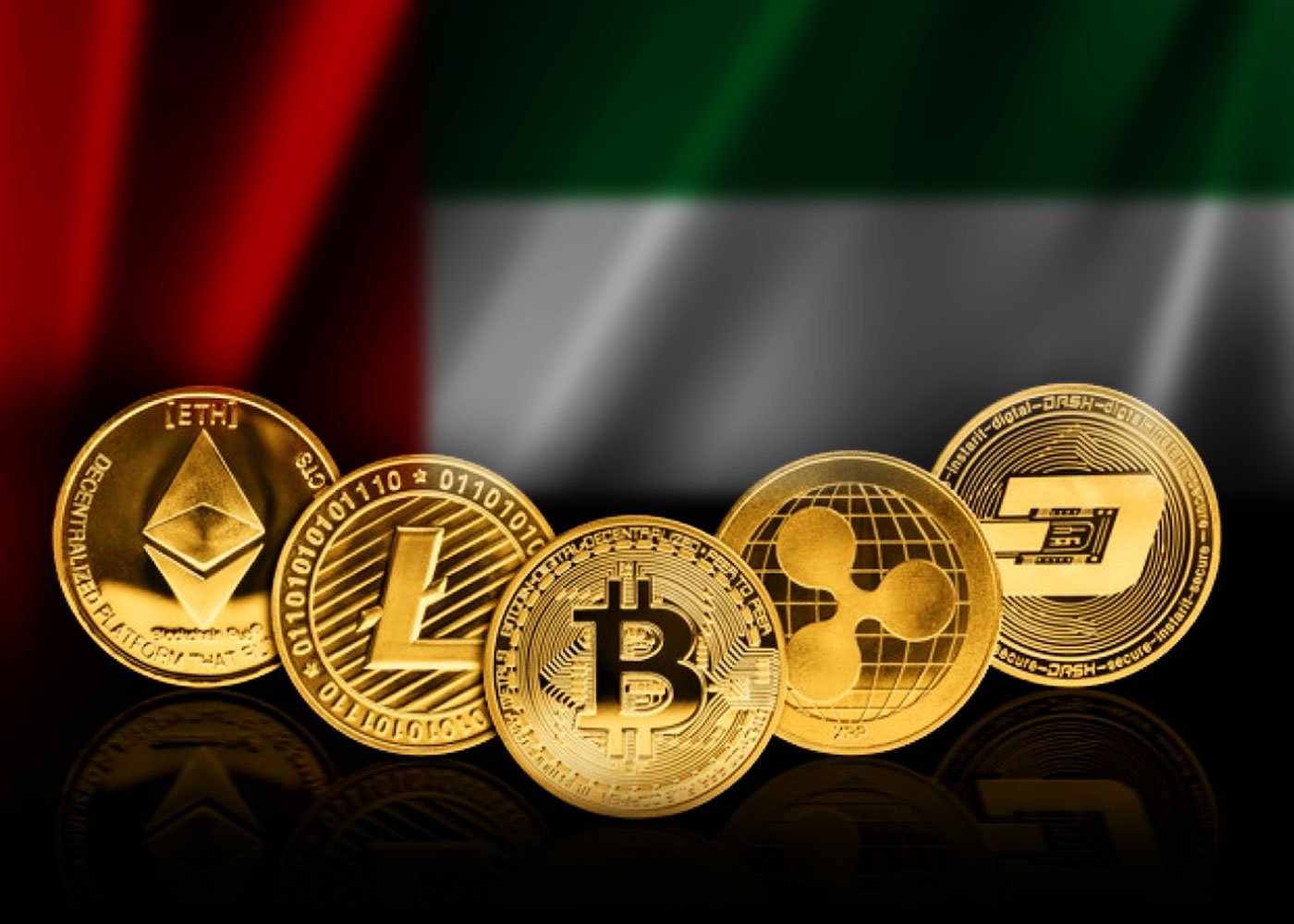From tulips to bitcoin to NFTs – here’s how the act of speculation became a financial mania
- Date: 05-May-2021
- Source: Business Insider
- Sector:Financial Markets
- Country:Middle East
From tulips to bitcoin to NFTs – here’s how the act of speculation became a financial mania
In the late 1990s, America experienced a dot-com mania. In the 2000s, the housing market went wild.
Today, there are manias in everything from bitcoin and nonfungible tokens to SPACs and meme stocks — obscure corners of the market that are getting increased attention. Whether these are the next bubbles to burst remains to be seen.
The sudden rise of all these relatively new asset classes — or the astronomical heights they've reached — may seem irrational or even enchanted. Describing them as speculative manias implies that individuals are lost in forces beyond their control and needn't take responsibility for the actions of the crowd.
But, as I learned while researching my book "Speculation: A Cultural History from Aristotle to AI," which will be published in June 2021, financial speculation hasn't always been understood as a widespread craze — or even outside of individual choice.
Adam Smith and the rise of financial speculation
From ancient times until the late 1700s, the term "speculation" was used mainly by philosophers, scientists, and authors to describe conjectures about the future. When speaking of traders who manipulated the prices of an asset to make an outsize profit, financial writers instead used terms like "engrossing" or "cornering" the market.
After a























